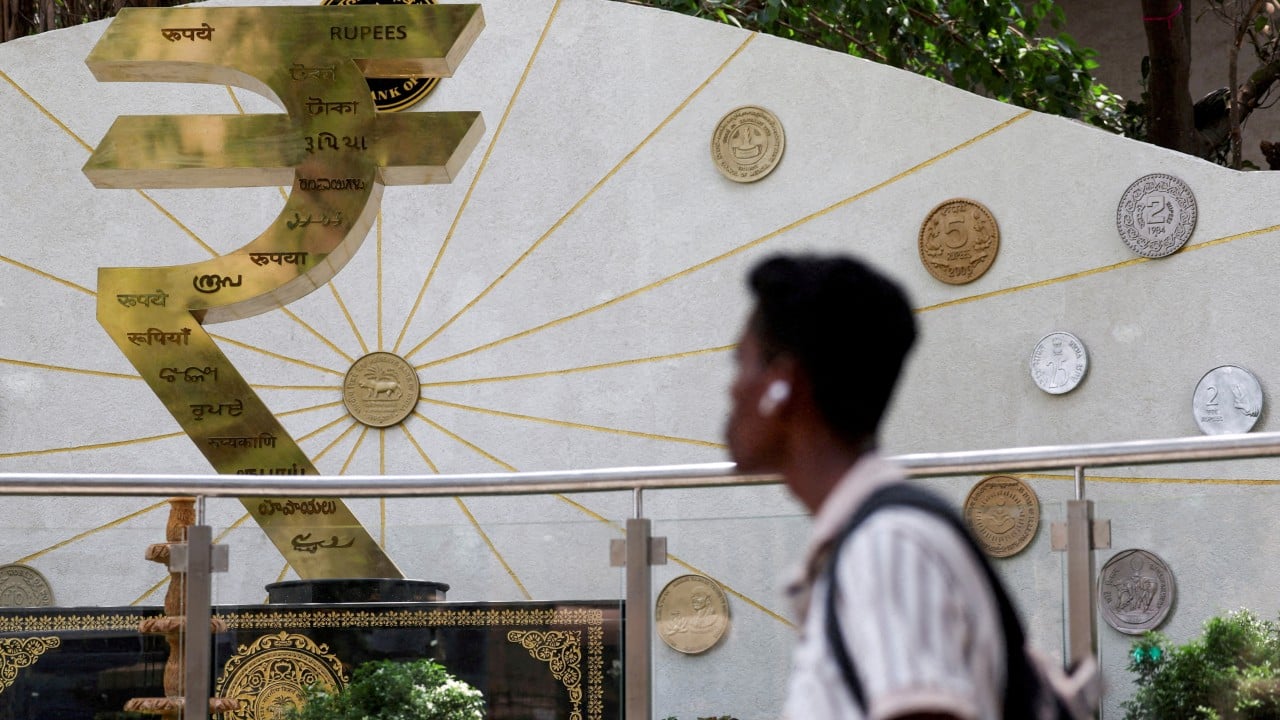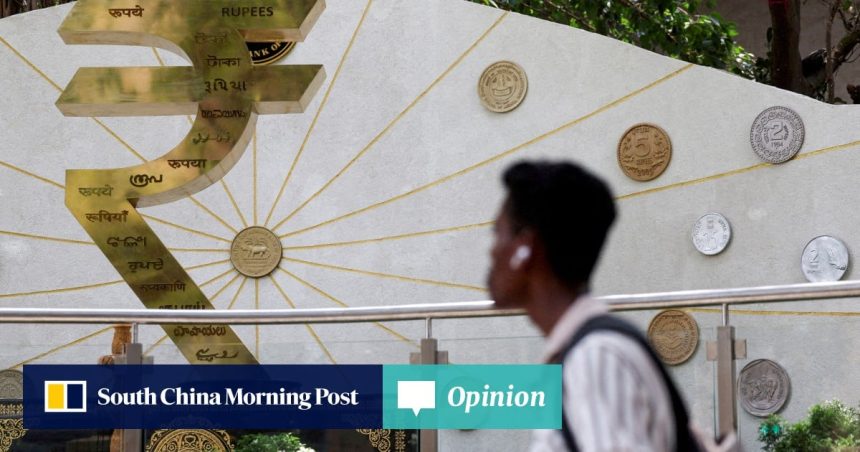
The United States’ use of its currency as a foreign policy tool has jolted much of the Global South. Sanctions, financial restrictions and US dominance over the Swift system have shown just how much the US dollar can be used as political leverage.
For many emerging economies, the US is no longer their main trade and investment partner, yet its currency still underpins their transactions. This disconnect has imbued with fresh urgency the efforts of the Brics grouping to explore alternative monetary channels.
Put together, Brics countries hold enormous financial weight. Four of the world’s 10 largest foreign exchange reserve holders – China, India, Russia and Brazil – are members. The bloc accounts for close to half of the world’s population and a major share of global gross domestic product. The grouping has the scale to chip away at the dollar’s dominance, even if gradually.
While the grouping lacks consensus on de-dollarisation, China has already been laying the groundwork for alternative settlement frameworks. Through swap lines and settlement agreements, it has encouraged partners to use its currency in trade.
Brazilian President Luiz Inacio Lula da Silva has openly criticised the US dollar’s dominance over world trade, expressing support for a new global trading currency. Meanwhile, International Monetary Fund data shows that the dollar’s share of official reserves is slowly but steadily falling.
The Brics grouping is experimenting with a range of mechanisms to reduce US dollar reliance. The New Development Bank lends not just in US dollars but also in local currencies, euros and Swiss francs. By diversifying its funding sources and letting borrowers issue debt in their own currencies, the bank reduces exposure to the US dollar and creates a precedent for alternative financing.

Leave a Reply